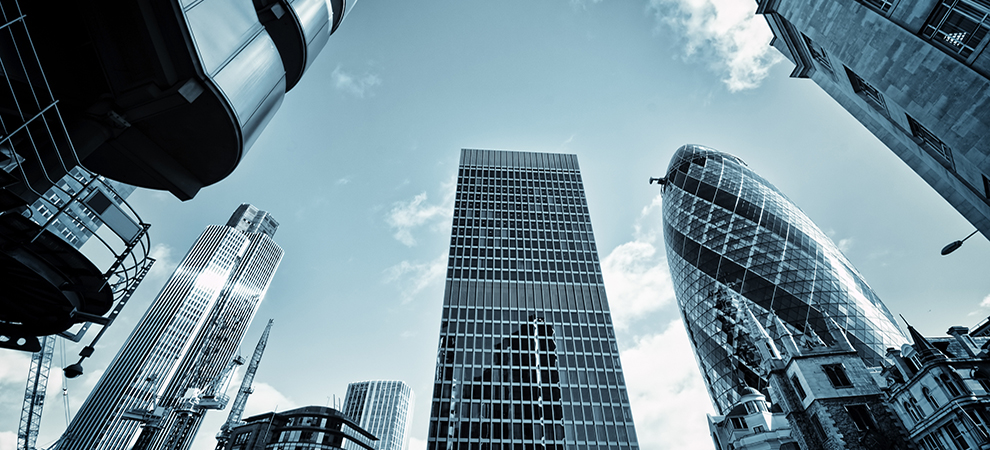 After years of mediocrity, the U.S. commercial real estate market finally looks like its old self. The outlook for 2017 and beyond is, in a word, strong. But investors who think they can simply throw a dart at a map of the United States (or their hometowns, for that matter) and hit profit are sorely mistaken.
After years of mediocrity, the U.S. commercial real estate market finally looks like its old self. The outlook for 2017 and beyond is, in a word, strong. But investors who think they can simply throw a dart at a map of the United States (or their hometowns, for that matter) and hit profit are sorely mistaken.
The most successful investors in the coming years will be those who position themselves out in front of these five trends. How many are on your radar?
1. Efficient Design Goes Mainstream
Today’s college students were born into a world where efficient design was a nice selling point for developers and tenants who could afford it. Today, it’s table stakes.
“Efficient design has gone mainstream since the Great Recession,” says Connecticut-based real estate investor Gary Richetelli. “Due both to pragmatic economic considerations and growing concern for the environmental footprint of the built environment, tenants increasingly favor spaces with passive climate control, efficient lighting, low-flow water fixtures, and other sustainable elements.”
Tenants are willing to pay more for truly efficient spaces—ideally, those with LEED certification or comparable markers. For long-term investors looking to maximize cash flow, this is basically the ball game.
2. High-Tech Housing Stock (And Office Space Too)
According to a 2017 outlook report from Deloitte, “The real estate industry is increasingly influenced by rapid technological advancements.” The gist of this vague statement: Commercial tenants’ decisions are more dependent than ever on the availability of cutting-edge spaces, like ultra-connected workplaces, smart rental homes, and multiuse built environments with ample entertainment amenities.
Older buildings that can’t be retrofitted and don’t meet local preservation criteria are ever more at risk in this tech-driven environment. For this reason alone, barring a major economic shock, the city-center building boom is likely to persist at least through the end of the decade.
3. Mixed-Use Is King
Walkability is in vogue these days. That’s great news for densely built urban areas, less so for car-centric suburban precincts. Commercial real estate investors need to plot out the implications of the younger generation’s preference for lively, mixed-use streetscapes, especially in regard to the single-use districts likely to suffer most under the new regime.
Deloitte explains it like this:
“Demand for large retail and industrial spaces will contract, and there will be a blurring of lines between these two property types. For example, retail properties could double as fulfillment centers. While retail owners can try different store formats and enhance end-customer experience, industrials should potentially focus on smaller and more flexible spaces within cities to enable faster delivery.”
4. Interest Rates Remain Low—For Now
This may be the toughest to call, as the Federal Reserve is notoriously opaque, and even the most seasoned observers grasp macroeconomic cause-and-effect relationships tenuously, sporadically or not at all.
Caveats aside, the U.S. economy appears to be growing at a decent clip, and the inflation rate has decisively ticked upward over the past two quarters. It’s therefore likely that the Fed will hike rates at least once this year; the smart money is on a 50-basis-point hike by year’s end. That’s likely enough to dampen the commercial real estate market’s enthusiasm. For investors in wait-and-see mode, the iron may well be as hot as it’s going to get for some time.
Are you worried about any commercial real estate trends coming down the line this year? Are you excited about any others?
Learn more
If you are planning to sell off your home fast, chances are high that you must have noticed those roadside signs which read “We buy homes fast!” Y ...
What's the mind-blowing reality in a real estate business? Real estate is a big word and its every investor's goal to purchase property and take-h ...
If you're looking for real estate opportunities in Malta, you can't go wrong with Exclusive Property Bureau. The company was started back in 1996, ...
Running a business is an incredibly difficult thing to do, and whether you do it alone or you have a handful of partners, you know how hard it can ...
The real estate market may not always be the most transparent or stable, but if you know what you’re doing, it offers a great opportunity for ...







